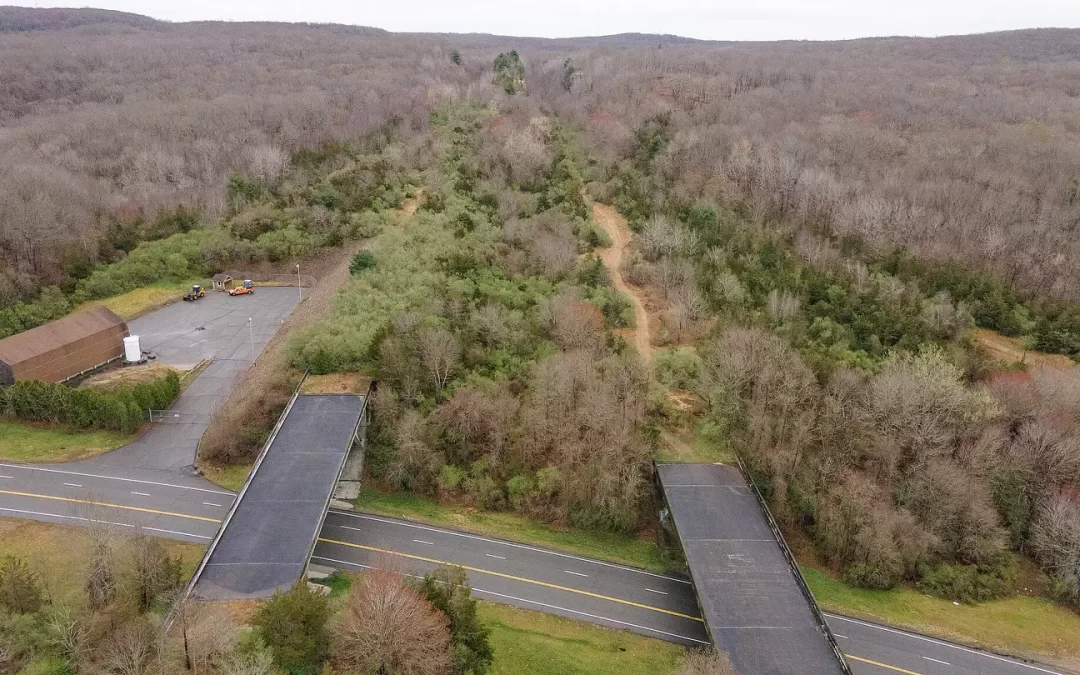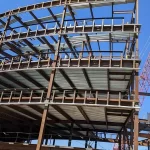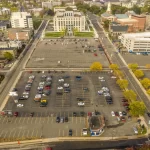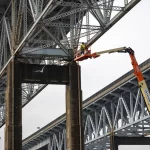Why Connecticut's 'highway to nowhere' may never be finished
That is what former United States House of Representatives member and Army Col. Robert Simmons had to say about the infamous highway while talking to voters in 2000.
Though the comparison is antiquated, the sentiment remains as the highway in eastern Connecticut remains unfinished.
For more than 50 years, Route 11 has earned the nicknames of “Route 5 ½” and “highway to nowhere” due to its notoriety of being an unfinished highway. While construction for building the highway began in the ’60s, plans to finish the highway have started and stalled on numerous occasions.
Currently operational, Route 11 measures approximately seven miles in length and has two major junctions — Route 82 in Salem and Route 2 in Colchester. The road was originally planned to connect that part of the state with the Waterford shoreline. However, nearly eight miles of land that was aimed to build a second half to the highway remain unused, according to the Tri-State Transportation Campaign. There are also parts of the road that remain unused and sit abandoned.
It is unlikely that the project will move forward and the Connecticut Department of Transportation (DOT) will “focus resources in other areas,” said Samaia Hernandez, a spokesperson from the DOT. Hernandez referenced the 2007 Environmental Impact Study conducted by the Federal Highway Administration as to why plans will most likely never move forward with the extension of Route 11.
“Through that National Environmental Policy Act (NEPA) process, there was extensive public input and numerous environmental studies completed that revealed the magnitude of potential environmental impacts to a variety of resources, such as wetlands, endangered species, historic sites and cultural resources,” Hernandez told Hearst Connecticut.
History of Route 11
First opening in 1972, the highway was constructed between Route 2 in Colchester and Route 82 in Salem with future plans for expansion to Interstate 95 and Interstate 395 in Waterford.
Due to congestion issues on Route 82 and 85, the idea of extending the highway was revisited in the mid ’80s as well as the late ’90s, but nothing came of those talks. With the building of the two major casinos in the area — Foxwoods Resort Casino and Mohegan Sun — the DOT started a Major Investment Study in 1997 which sought to ultimately create a “short list of alternative strategies” for the Route 11 corridor.
The following year broadened the study to act as a dual Environmental Impact Statement process. Following results from the survey as well as hearing with the public, the Federal Highway Administration granted the Connecticut DOT permission to move forward with a Final Environmental Impact Statement which wouldn’t be published until 2007.
In 2004, the project was approved for a U.S. Department of Transportation’s Interagency Transportation Infrastructure Streamlining Task Force — established through an executive order under President George W. Bush as a means to expedite major transportation projects.
Following the release of the Final Environmental Impact Statement, the U.S. Environmental Protection Agency (EPA) became concerned over the environmental mitigation plan, further stalling the project. The government’s concern stemmed from fauna and wildlife species in the area, including the New England cottontail.
The animal’s fecal pellets were studied in the area at one point in order to better understand the species’ vulnerability; this led former communications director for Simmons, Joseph Bell, to pen an opinion piece in The Day in 2012 alleging that the study was among the number of ways that the federal government interfered in the expansion of Route 11.
An effort by Governor Dan Malloy to revive the project in 2011 included a DOT financial study, which ultimately stalled out. Five years later, the Federal Highway Administration published a notice in the 2016 Federal Register indicating that work to extend Route 11 would cease. A “magnitude of potential environmental impacts” were cited as the driving reason behind the project cancellation.
Plans for a renumbering of Route 11 were announced in 2023 by the DOT, marking the most recent work related to the highway. This renumbering is set to take place in 2028.











